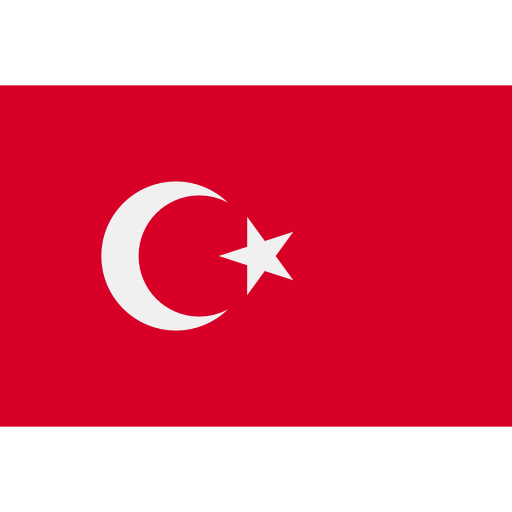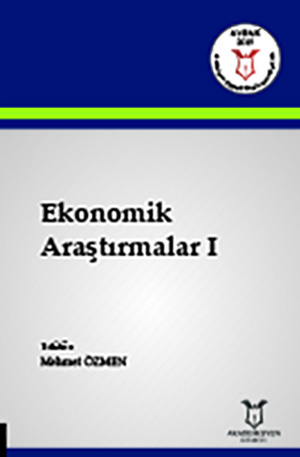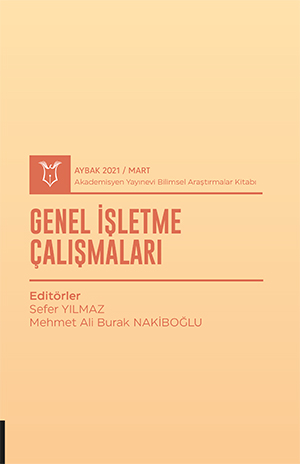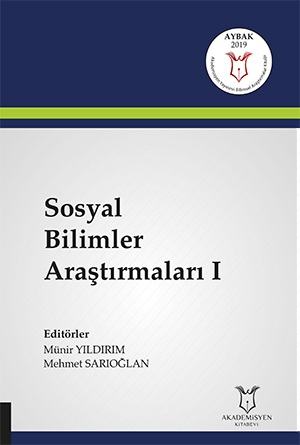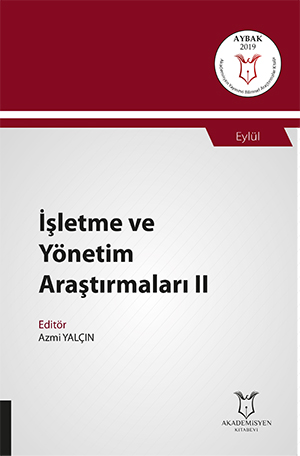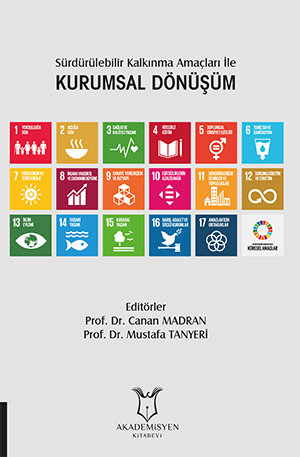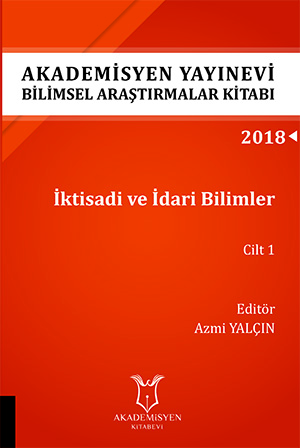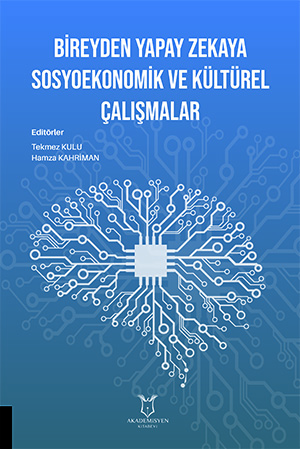Türk Moda Dünyası Tasarım Süreçlerinde Kadın Tasarımcıların Önemi
Anahtar Kelimeler
Working can be defined as a person striving physically and
mentally for a purpose, and work areas are changing or diversifying day by day.
Working and earning an income are fundamental human rights for women as well as
men. It is seen that the process of women being in working life started with
the Industrial Revolution. Although the process in which intellectual steps were taken in
Turkish society towards the education, socialization and connection of women
with the outside world started with Tanzimat, the real reforms began to take
shape after the proclamation of the Republic of Turkey. With the Republic,
women began to play an active role in many fields of work and began to rise in
every field. With the Republic, tailoring became a widespread profession in
Turkey, and the Public Houses opened in 1932 helped this profession become
widespread. The first steps of state-sponsored tailoring training were the
Girls’ Art Institutes established by the order of Atatürk. He raised public
awareness about Western clothing and trained young girls in the tailoring
profession. In order to provide art and design education at academic level, the
State School of Applied Fine Arts was established by the decision of the
Council of Ministers on November 1, 1955. Decorative painting, graphic arts,
ceramics, textile arts, furniture and interior architecture departments were
opened at the School, which started education in 1957. Tailoring refers to the process of creating customized clothing to
fit an individual’s body shape and size; Although fashion design means the art
of designing aesthetically attractive and functional clothes, accessories and
shoes, the basis of fashion design is having good tailoring knowledge. Fashion
is a cultural symbol of belonging to a group’s lifestyle and a means of visual
expression. There are many general steps that fashion designers follow in the
design process between ideation and approval of a wearable. These parts are: Step 1: Inspiration and Research / Step 2: Sketching and Concept
Development / Step 3: Creating Technical Drawing / Step 4 Selection of Fabrics
and Materials / Step 5 Prototyping / Step 6 Testing and Refinement / Step 7
Testing and Improvement / Step 7 Production and Manufacturing. In the fashion design process, successful designs are associated
with the originality and creativity of the designer. In the study, Turkish
female designers who have progressed from tailoring to designers in the field
of fashion from the history of the Republic to the present, their importance
and work examples are mentioned. In the study; Design examples of Mualla Özbek, Lütfiye Arıbal,
Zühal Yorgancıoğlu, Faize-Sevim Kardeşler, Suat Aysan, Canan (Cenan) Yaka,
Dilek Hanif, Özlem Süer, Hatice Göçkçe, Arzu Kaprol, Simay Bülbül and Zeynep
Tosun were included in the Turkish fashion field. Their contributions were
examined. Turkish women designers have achieved significant success by
designing for important people, from the spouses of presidents to popular
people abroad, and have brought the identity of Turkish women designers to the
fore. It has been seen that Turkish female fashion designers are successful in
the field of fashion design, as in every business, by winning first place on
various platforms. Mualla Özbek opened the first ready-made clothing factory in
Turkey. Lütfiye Arıbal won first place among 27 countries with a wedding dress
she designed and sewed in an international competition held in Paris; Zühal
Yorgancıoğlu, with his endless belief in Turkish people and Turkish culture,
has been a pioneer figure who resisted the tendency of Turkish fashion to
become Europe’s subcontractor and copy the West. While Suat Aysan was designing
official clothes for the National team for the Olympics, her designs were
featured in Vouge magazine for the first time. While Arzu Kaprol became the
first female fashion designer to hold a digital fashion show, she was chosen as
the campaign face of Premiere Vision’s Istanbul fair. While Hatice Gökçe
brought a new perspective to men’s project design with her structures, Dilek
Hanif became the first Turk to hold the first “Couture” fashion show in Paris.
While Zeynep Tosun introduces Turkish fashion to world fashion by using motifs,
patterns and techniques from Turkish culture in her collections; Diye Kayek was
deemed worthy of the Jameel Award with the most contemporary design examples inspired
by Islamic traditions. While Simay Bülbül proved her success by pioneering not
only in the field of fashion but also in many other fields, Özlem Süer both
explained her work in an academic environment and dressed many foreign people.
Bu kitabın bölümleri bulunmamaktadır.
Atıf Sayısı :


